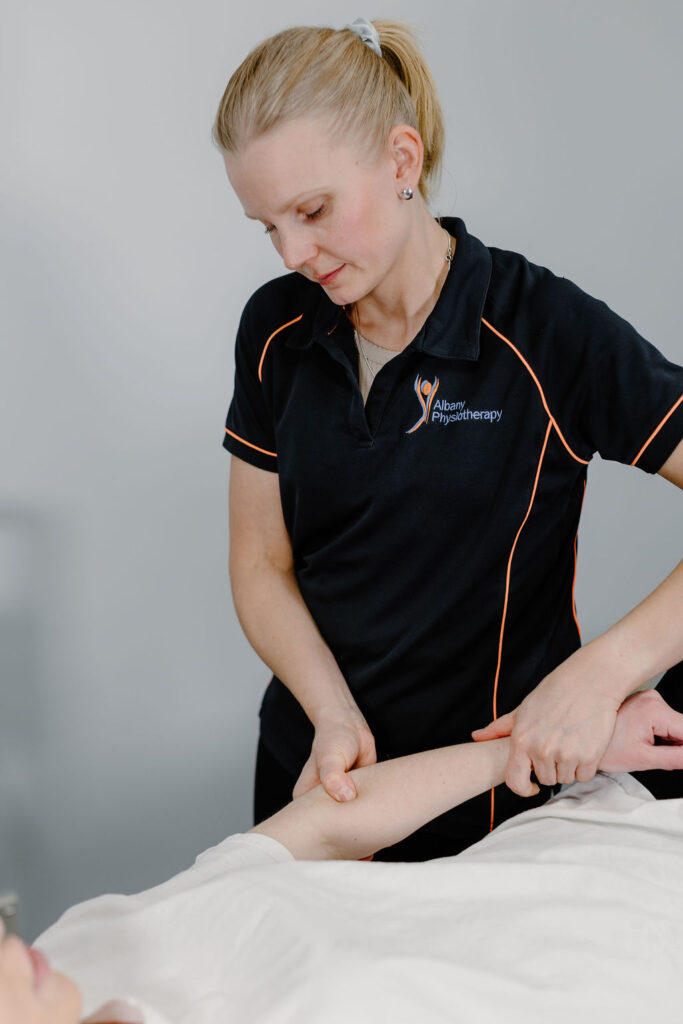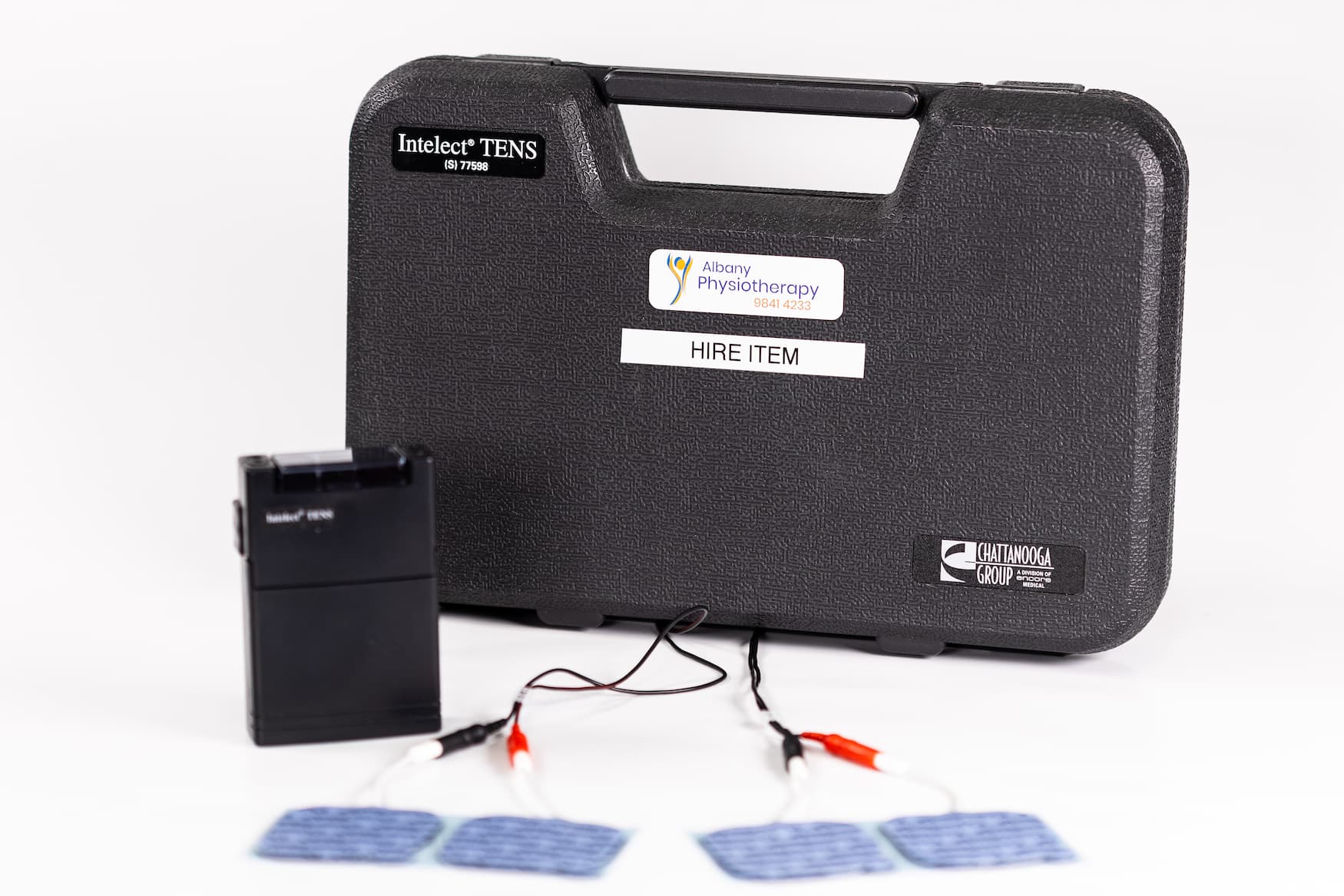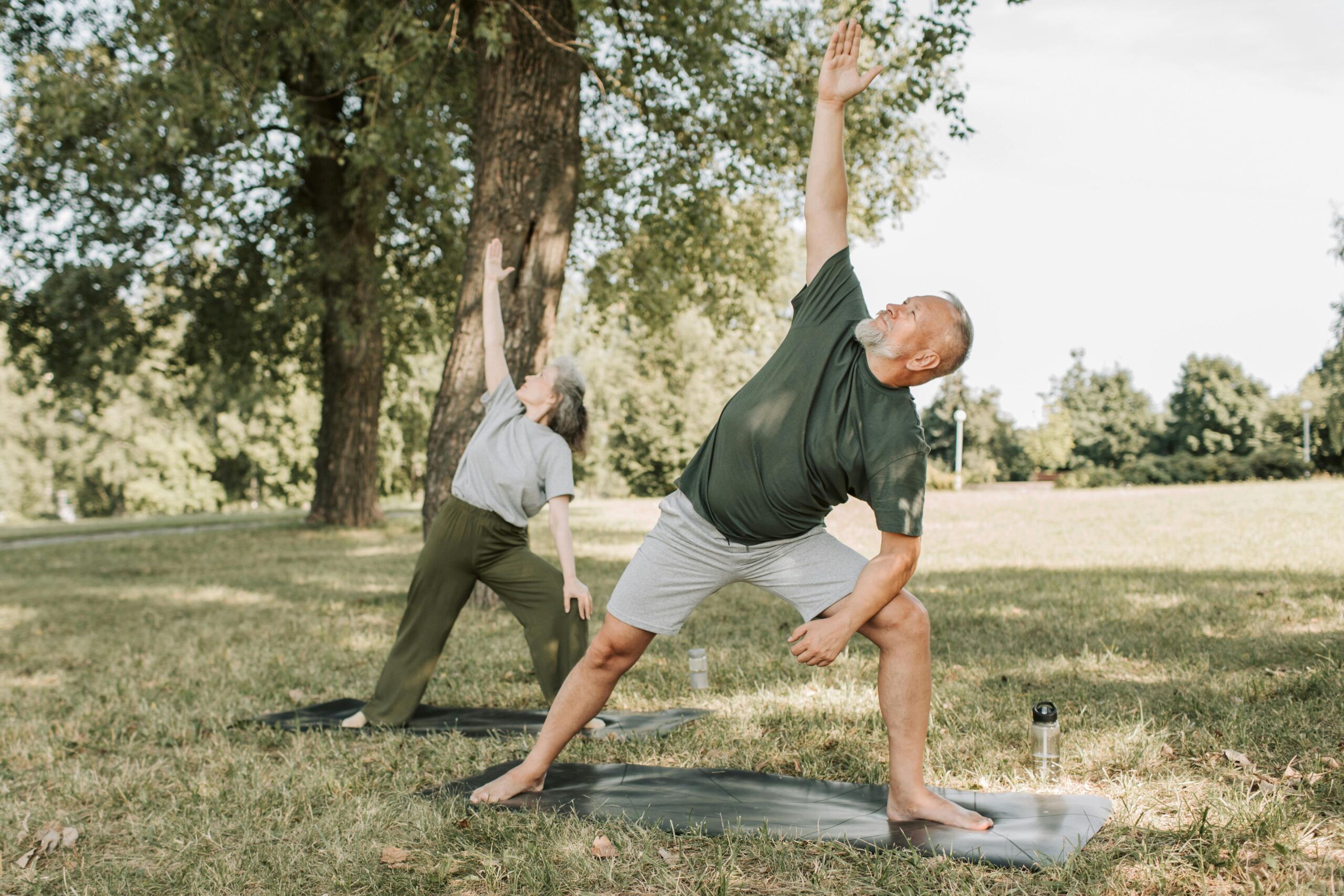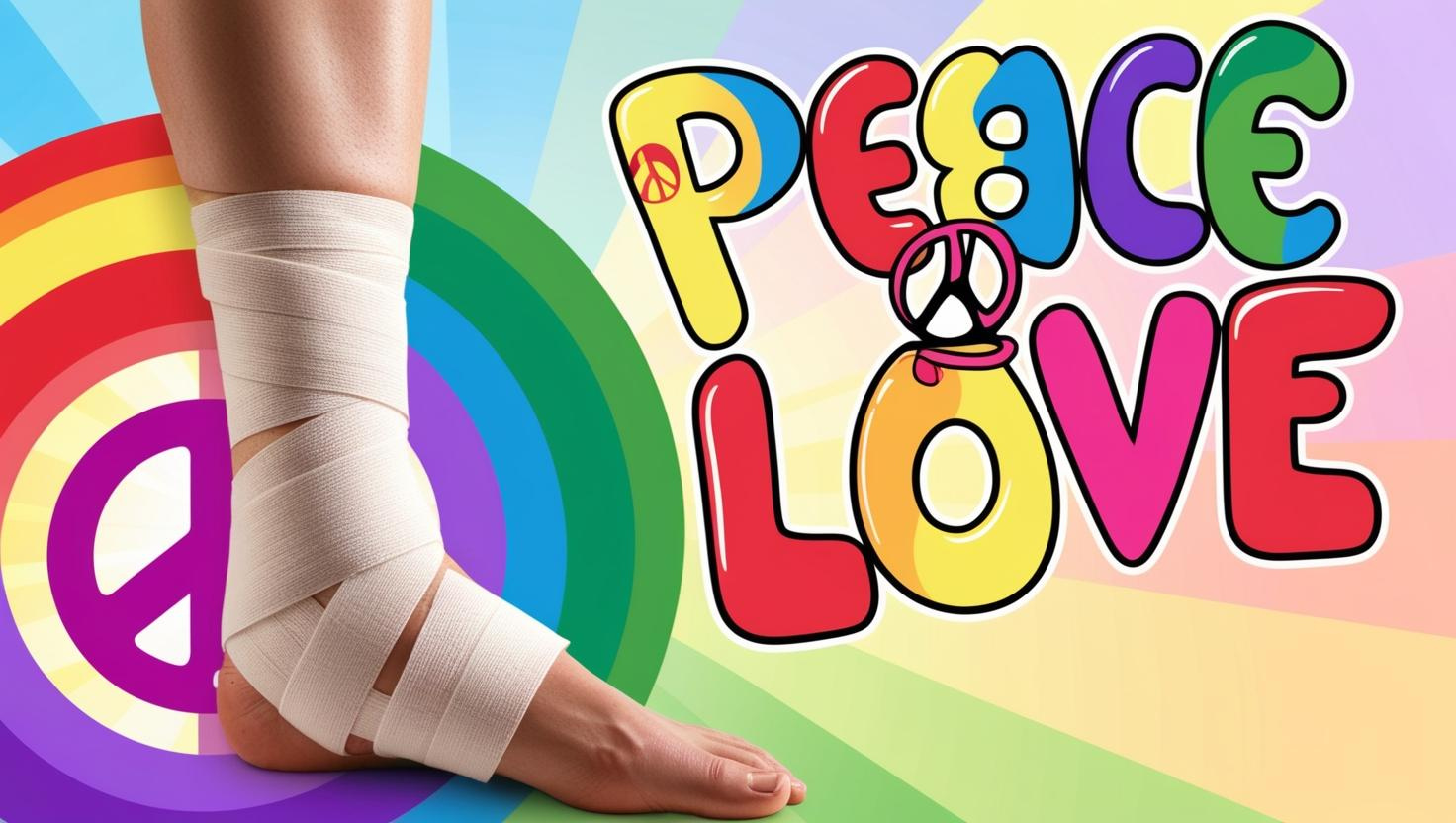When it comes to treating musculoskeletal pain, stiffness, or injury, there’s no single magic solution. That’s why modern physiotherapy blends the art of manual therapy with the science of advanced technology, combining skilled hands with cutting-edge tools to help you move better, feel better, and live better.
In this two-part series, we explore how physiotherapists use a mix of hands-on treatments and technological tools to create personalised, effective care plans for a wide range of conditions.
The Building Block of All Physiotherapy – Exercise
Before diving into manual therapy and tools, it’s important to highlight that physical activity and exercise remain the cornerstone of effective physiotherapy. While hands-on techniques and technologies can reduce pain, improve mobility, and support recovery, their benefits are significantly enhanced when paired with movement-based rehab tailored to your goals.
Exercise isn’t an “add-on” – it’s a core part of what drives long-term progress. That is why physiotherapists create targeted programs to build strength, improve flexibility, and restore balance and control. Depending on your needs, this might include strengthening exercises for joint support, balance and sensory training, tendon loading protocols (such as for Achilles tendinopathy and tennis elbow), or mobility work to enhance range of motion.
You can read more about exercise in our previous posts.
Part 1: Hands-On Treatment or Manual Therapy: A Foundation of Physiotherapy
Manual therapy is often at the core of physiotherapy. It’s the use of hands to assess, treat, and guide the recovery of movement and function. This hands-on approach doesn’t just address symptoms; it helps uncover the underlying causes of pain and dysfunction, setting the stage for long-term improvement.
Let’s break down some of the key manual techniques used in physiotherapy.
Massage and Soft Tissue Techniques
Massage in physiotherapy isn’t just about relaxation. It is targeted treatment aimed at improving tissue health and function. Some of the techniques physiotherapists use are:
- Myofascial release – to help loosen connective tissue
- Trigger point therapy – targets painful muscle knots that can refer pain to other areas
- Revolving massage – techniques used to improve circulation and lymphatic drainage, helping the tissue to heal and reducing swelling.
The goal is to reduce pain and muscle tension, improve flexibility, and create a better environment for tissue healing to support pain-free movement and recovery.
Joint Mobilisations and Muscle Stretching
Stiff joints can limit mobility, cause pain, and change the way you move. Physiotherapists use low-grade joint mobilisations that are gentle, often rhythmical movements applied to a joint to improve its range of motion and ease stiffness.
This is often combined with muscle stretching techniques, which can include assisted stretches, active stretching, or muscle energy techniques. Together, they help restore natural movement patterns and relieve discomfort, whether it’s in the neck, shoulders, hips, or low back.
The Personal Touch: Why Hands-On Care Matters
Beyond the physical effects, manual therapy offers something deeply human: touch, presence, and connection. Many patients find reassurance, reduced anxiety, and increased trust when they experience hands-on care. This therapeutic relationship can have a powerful influence on recovery.
Where Hands Meet Tools
While exercise is the foundation and manual therapy is the walls and roof of the house, sometimes we need a little extra help with the details – especially when dealing with stubborn pain, inflammation, or slow-healing tissues. That’s where technology comes in.
In Part 2, we’ll explore the fascinating world of physiotherapy tools and how they work hand-in-hand with exercise and manual treatment to deliver even better results.




